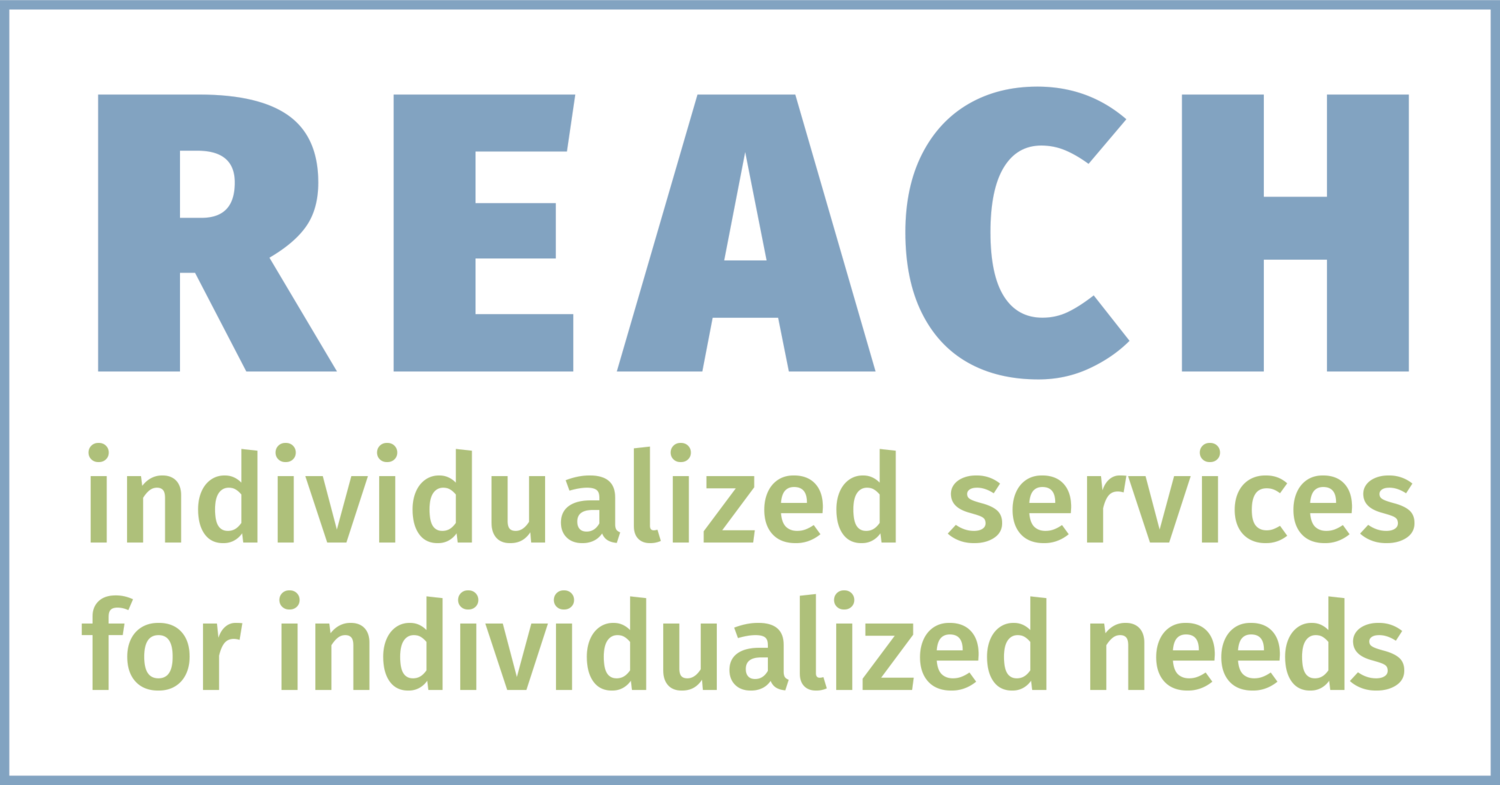Autism Awareness Month: How Much Do You Know?
What Is Level I Autism?
Autism spectrum disorder (ASD), is a neurological and developmental disorder that affects how people interact with others, communicate, learn, and behave. Although ASD can be diagnosed at any age, it is said to be a developmental disorder because characteristics generally appear in the first two years of life.
According to the Diagnostic and Statistical Manual of Mental Disorders (DSM-5), doctors categorize autism by assigning Level 1, 2, or 3 to two areas of functioning: social communication and restricted, repetitive behaviors. For this post, we’ll be focusing on the first and “mildest” level of ASD, formerly known as Aspergers Syndrome or “high functioning” autism.
What Are the Indicators of Level 1 Autism?
Inflexibility in behavior and thought
Difficulty switching between activities
Problems with executive functioning which hinder independence
Atypical response to others in social situations
Difficulty initiating social interactions and maintaining reciprocity in social interaction
Repetitive behaviors, also known as stereotypic behaviors
Rigid in their routine and have difficulty with change, especially those without notice
Deficits in communication and/or social skills
Fixated on a certain topic; i.e a child is really into superheroes and can tell you anything and everything you could possibly know about them.
Difficulty understanding the emotions of other people on their own
Hyper-sensitivity to things such as light, sound, and tactile sensations; i.e. a child getting very upset because water gets on their skin.
However, not all people with ASD show the same characteristics or behaviors. While there are several indicators that are shared by many ASD patients, it varies. Most studies and research on ASD are done on white males. This lack of diversity in ASD studies and research restricts much of the medical world’s knowledge on how it presents in females as well as those from other races.
In fact, learners from minority groups, especially Black and Hispanic populations—are often underdiagnosed and/or diagnosed later than white males. This is, in part, due to deeply rooted systemic issues of access to specialty medical care that is needed for an official diagnosis. It’s also partly because the characteristics of minority groups’ ASD are often attributed to either specific learning disabilities or challenging behaviors.
Another example lies in the relationship between females and ASD. Typically, girls are diagnosed less frequently than boys because they have been socially normed to “mask” their ASD characteristics. This means that girls have been more explicitly taught to behave alongside social norms and within the realm of social expectations.
What Are Some Common Misconceptions?
There are several misconceptions about Level 1 ASD, but the following are the ones that come up the most often.
MYTH: Individuals with ASD are not smart or do not perform well in school.
TRUTH: In contrast, many individuals with ASD have an amazing ability to remember and recall facts and information. In addition, several learners with Level 1 ASD are considered “twice-exceptional”, which means that along with their ASD, they’re prodigal, gifted learners.
MYTH: Individuals with ASD lack empathy.
TRUTH: Not all people with ASD show the same characteristics or behaviors. Learners with ASD often struggle with some form or dimensions of friendship and/or social interactions/social cues, but are most definitely capable of forming relationships with others and being empathic.
MYTH: All individuals with ASD have a cognitive impairment.
TRUTH: While certain levels of ASD may be accompanied by a cognitive impairment or intellectual disability, but even in the levels of ASD that do include that as diagnostic criteria, functionality, and characteristics of that will differ depending on the learner. Level 1 ASD diagnostic criteria signify that no cognitive impairment or intellectual disability is present.
What Are the Next Steps?
Generally, children with autism seek support from occupational therapists, speech therapists, and behavioral therapists.
“One of the misconceptions I see fairly often in my work with Autistic learners is the perception that having Autism means something is wrong with the child and that it needs to be fixed. When we approach a learner in this way, we automatically default to seeing, and subsequently building on their deficits. When we look at Autism from an identity perspective of being another type of neurodiversity to be shaped and supported, it helps us build on strengths and success and to see a learner’s Autism as only a part of who they are, rather than the whole.”
- Stephanie Johnson, BCBA, LBA
How We Can Help
If your child is in need of extra support, REACH learning has the resources and tools to help. Here are just a few of the many things we do to ensure that ASD learners feel empowered to learn:
We have two BCBAs (Board Certified Behavioral Analysts) on our team that support children with ASD and we are constantly coaching other REACH clinicians on how to properly work with learners with ASD.
We work directly with parents, teachers, and other therapists to get the whole picture of the child so that we can serve them best.
We make sure to involve parents and children in the goal-setting process.
Our clinicians work in the home once or twice a week, depending on the needs of the child.
We offer friendship/social groups based on the interests and strengths of the child, rather than their deficits or skills targeted for acquisition.
Do you think your child could benefit from these services? Contact us and set up a consultation!

